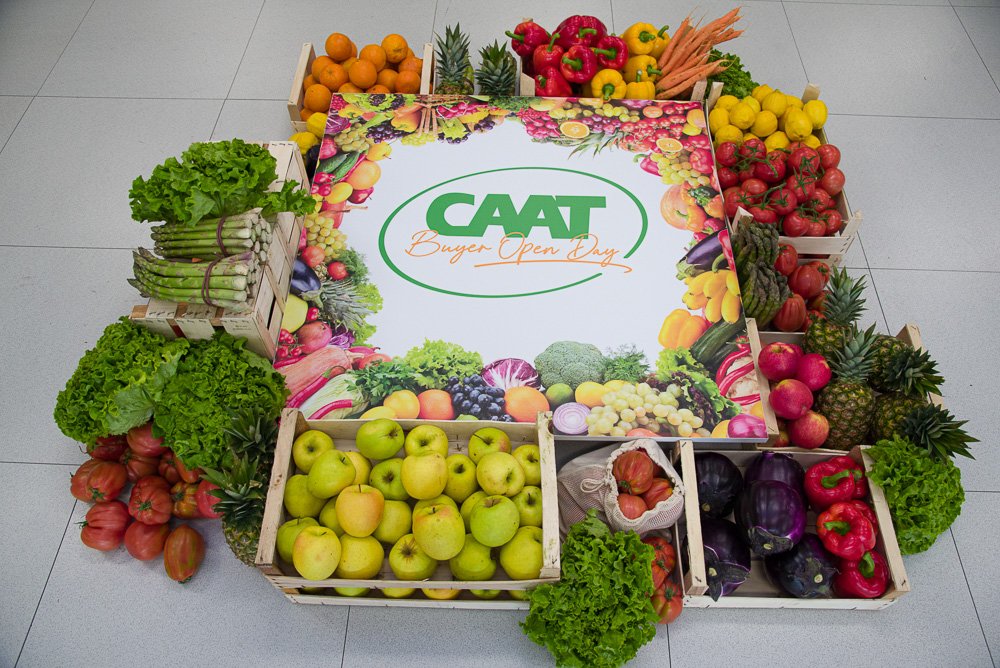Traditionally, agri-food centres have been viewed as logistical structures characterised primarily by logistics and real estate management. It would be more accurate to describe them as critical hubs in the creation and management of information [sector, market, supply chain, public], as generators of big data and significant aggregates of information.

Our model
CAAT is the third largest market in the country and in terms of size and role in the distribution chain is a major player in the region. The traditional service model is hardly subject to competitive threats: it provides the best usability and opportunity to purchase fruit and vegetables, acting as a link between production areas and final consumption locations; with the combination of structure, services and high quality that comprise our solid business, wholesalers, agricultural producers, and, in general, customers are assured of a solid guarantee.

The evolution towards digital transformation
However, at this stage of Digital Transformation, all industries and sectors are affected by paradigm shifts that change scenarios in a remarkably short period of time. As a result of these transformations, both opportunities and threats are presented, a disruption, as defined in the economic literature. CAAT has expressed concern regarding the predictable evolution of distribution and logistics processes for fresh products: the inherent complexities – rapid perishability, the cold chain to name a few. In fact, these factors have made it difficult for large integrated operators to gain a foothold in this market. However, there is no doubt that efforts and experimentation continue to be carried out and that substantial investments are being made in this area.

Digitisation of production processes
As well as the traditional operating processes – for which CAAT has a strong reputation – management recognizes that new execution models are currently under development. These models are feasible and could represent the next generation of business models. By digitising processes and eliminating operational constraints associated with current delivery models, opportunities are created for the expansion of services to segments of local users who are currently difficult to reach, as well as the growth of exports, which already represent a significant portion of activities today.
